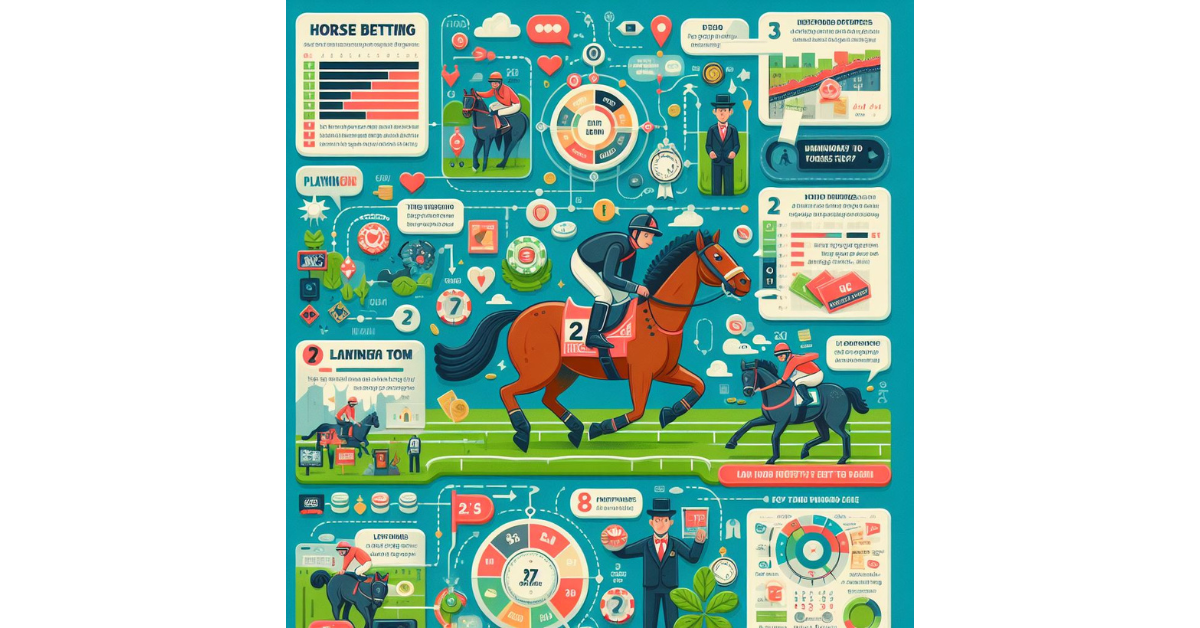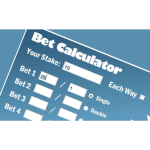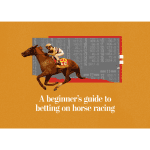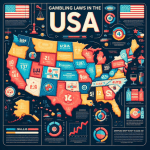Understanding Horse Racing
Horse racing is a beloved sport with a rich history that dates back centuries. It involves horses ridden by jockeys racing against each other, typically around a track. The first horse to cross the finish line is declared the winner, making it a thrilling and high-energy event for both participants and spectators alike.
The excitement of horse racing is not only about the speed and competition but also the beauty and grace of these majestic animals. From the thundering sound of hooves hitting the track to the intense atmosphere at the racetrack, there is a unique allure to horse racing that has captivated people worldwide for generations.
Different Types of Horse Racing Bets
One of the most popular types of horse racing bets is the “win” bet, where you simply choose the horse you believe will cross the finish line first. It’s a straightforward wager that can yield a return if your chosen horse emerges victorious. Another common bet is the “place” bet, where your selected horse must finish in either first or second place for you to win.
For those looking for a higher chance of winning (albeit with a potentially lower payout), the “show” bet is a solid option. With this bet, your chosen horse must finish in the top three positions for you to win. It’s a more conservative choice for beginners or those who prefer a safer bet in horse racing.
Learning the Basics of Odds
When it comes to horse racing, understanding the basics of odds is crucial for making informed betting decisions. Odds reflect the probability of a particular horse winning a race and also determine the potential payout. Typically, odds are displayed in either fractional or decimal format, with lower odds indicating a higher likelihood of winning but a lower payout, and higher odds suggesting a lower chance of winning but a greater potential return.
In horse racing, odds are influenced by various factors such as a horse’s past performance, the skill level of the jockey, and even the track conditions. As a beginner bettor, it’s essential to familiarize yourself with how odds work and what they signify. By grasping the concept of odds, you can make more strategic bets and increase your chances of success in the exciting world of horse racing betting.
Choosing a Reputable Betting Site
Before placing any bets on horse racing, it is crucial to select a reputable betting site that ensures a fair and secure gambling experience. One key factor to consider when choosing a betting site is its licensing and regulation. Look for sites that are licensed by recognized authorities, as this provides a level of assurance that the site operates within legal parameters and complies with industry standards.
In addition to licensing, consider the reputation of the betting site within the online gambling community. Reading reviews from other users can offer insights into the site’s reliability, customer service, and payout efficiency. Opt for betting platforms with a positive track record and solid reputation to minimize the risk of encountering any issues or discrepancies during your betting activities.
Setting a Budget for Horse Betting
Setting a budget for horse betting is crucial to ensure responsible gambling. Before placing any bets, determine how much money you are willing to allocate for this recreational activity. Take into account your overall financial situation and allocate a specific amount that you can afford to lose without impacting your daily expenses. Setting a budget helps in managing your funds effectively and prevents overspending while enjoying the thrill of horse racing betting.
Once you have set a budget for horse betting, it’s important to stick to it rigorously. Avoid going over your predetermined budget, even if you experience a winning streak. It’s easy to get carried away in the excitement of the moment, but disciplined money management is essential for a sustainable betting experience. Regularly assess your betting activities and adjust your budget as needed based on your financial situation and betting outcomes.















